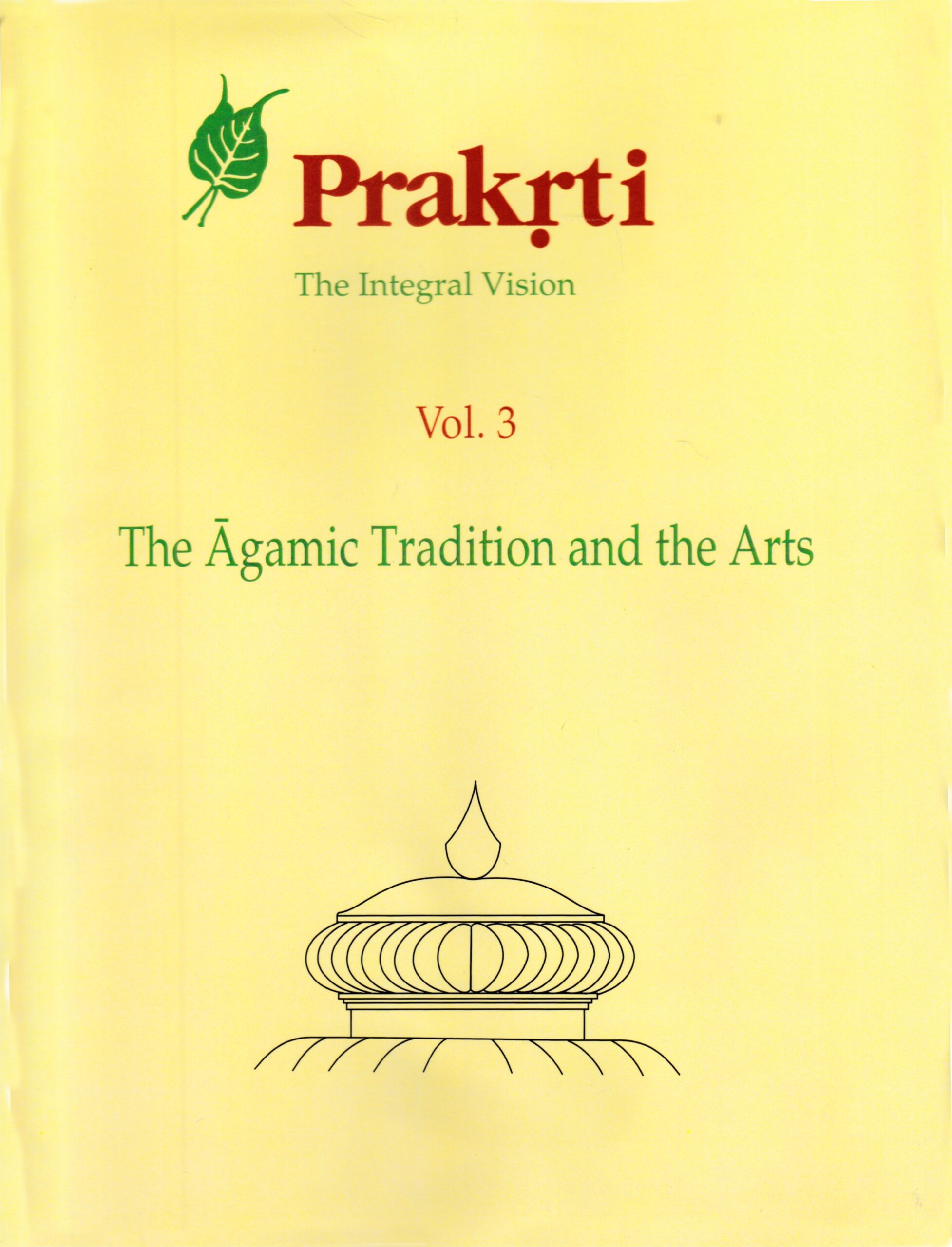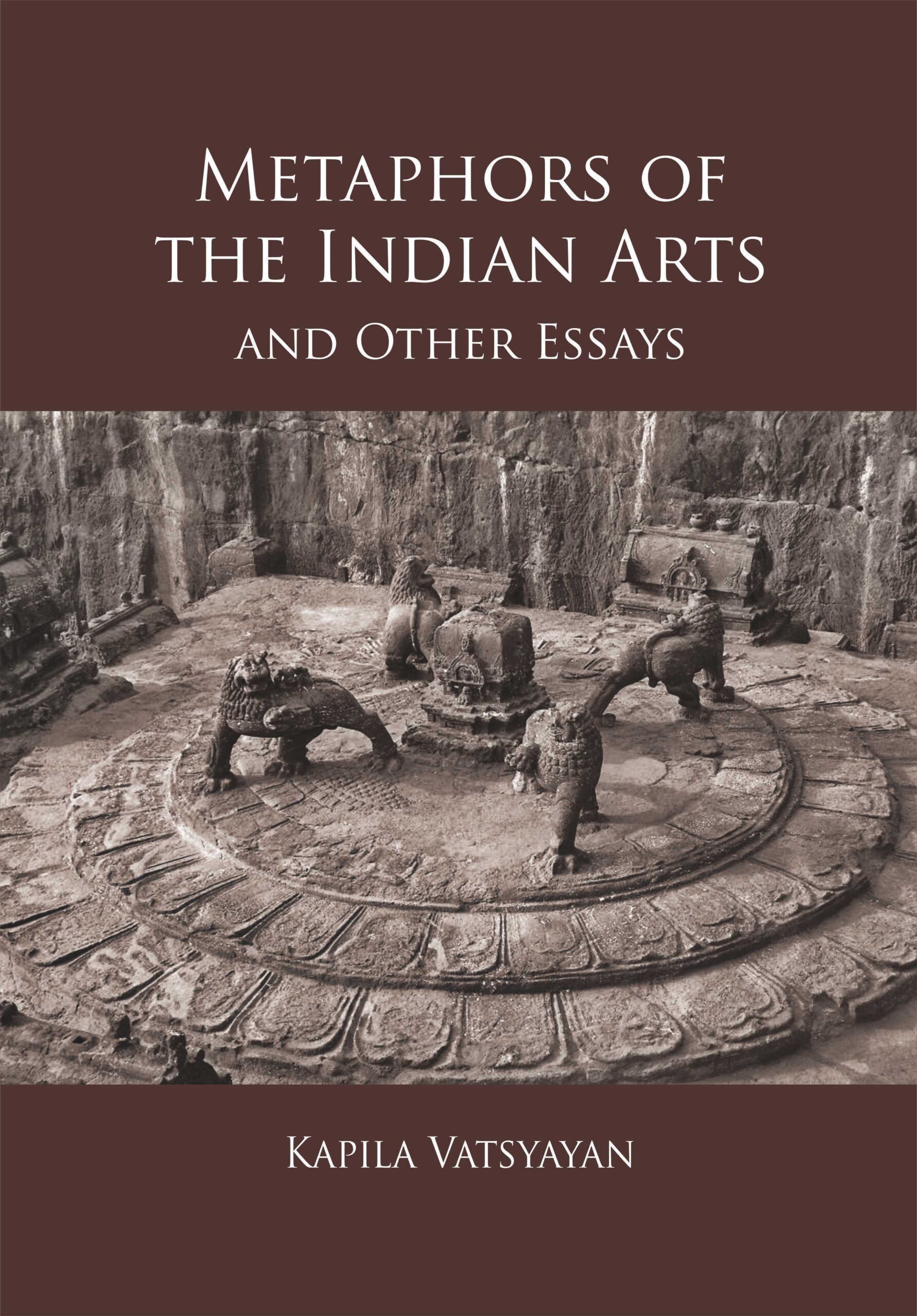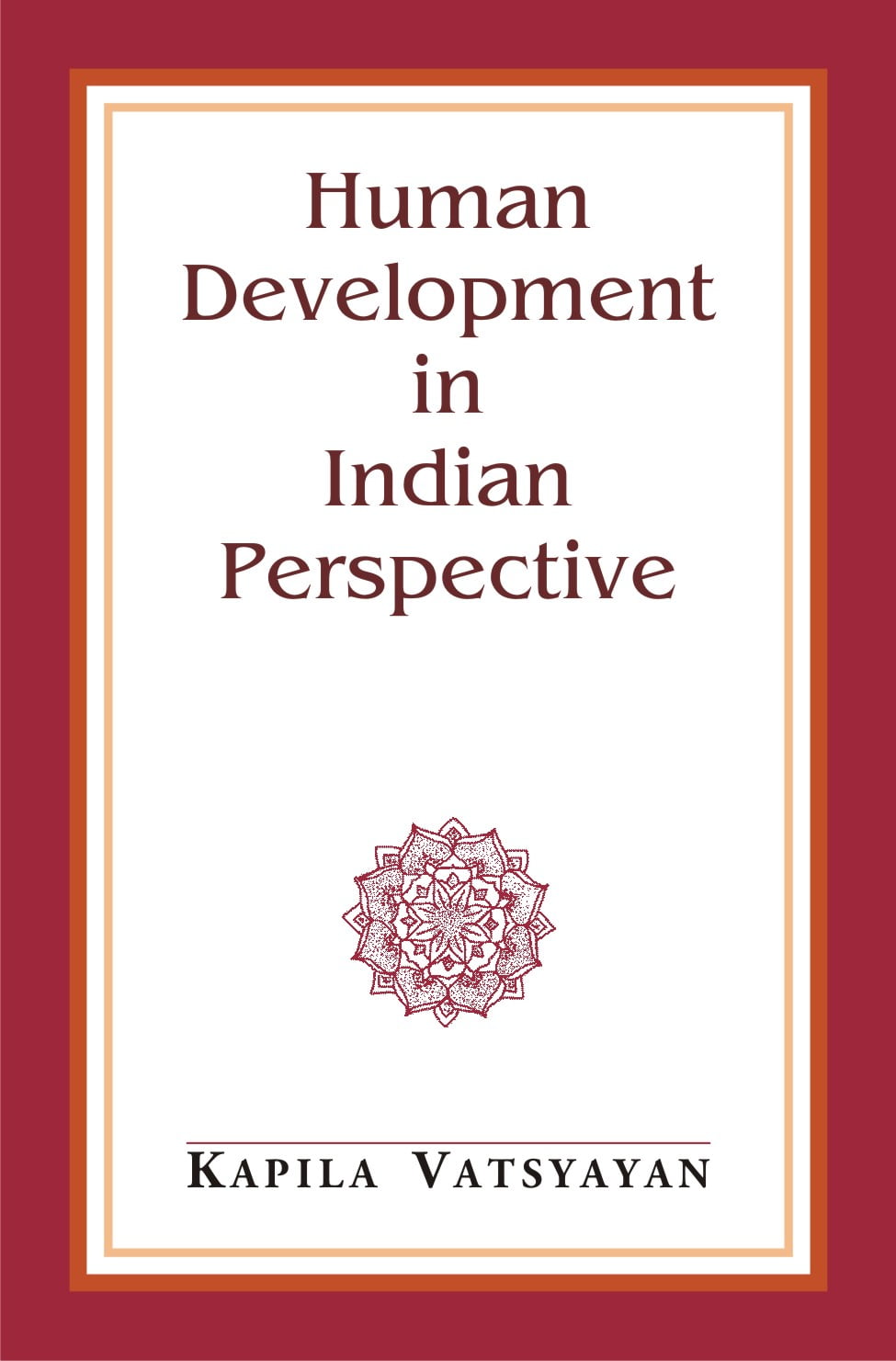-


Prakrti (Vol. 4)...
Prakrti (Vol. 4)
the Integral Vision by: Kapila VatsyayanThe Fourth Volume, The Nature of Matter offers a much-needed critical appraisal of modern scientific concepts with reference to traditional thoughts. It contains invaluable discussion on quantum theory and elementary particles, evolution of living matter, nature and function of matter, scientific philosophy and Buddhist thought, Sankhya theory of matter, ancient and medieval biology, mysticism and modern science, traditional cosmology, matter and medicine, matter and consciousness, etc. The dialogue created between the method of science and the method of speculation is invigorating.
₹1,260.00
ISBN: 9788124600405
Year Of Publication: 1995
Edition: 1st
Pages : xiv, 228 p.
Bibliographic Details : Index
Language : English
Binding : Hardcover
Publisher: D.K. Printworld Pvt. Ltd.
Size: 29 cm.
Weight: 1250
PRAKRTI : The Integral Vision explores the concept of the primal Elements (Sky, Air, Fire, Water, Earth, etc.) which has governed and determined the evolution of civilizations and cultures. This 5-volume collection is the outcome of a series of five successive but inter-locked seminars culminating into cross-cultural, multi-disciplinary understanding. The First Volume, Primal Elements: The Oral Tradition, focuses attention on the articulation of cohesive communities communicating with the Elements in continuous unceasing dialogue. To them the nature is not a matter of intellection; it is a question of life here and now. This is manifested in their primary myths and rituals which sacralize nature so that man can live as an integral part of the Universe. The Second Volume, Vedic, Buddhist and Jain Traditions, centres on the texts, probing deep into the Vedic rituals, Upanisadic philosophies and Jyotisa sastra. There is a prodigious consideration of the concept of maha-bhutas in Buddhism and Jainism. It also brings forth the many covergences and divergences of the view-points between and amongst these different streams of Indian thought. The Third Volume, The Agamic Tradition and the Arts, examines systematically the manifestation of the Elements in the Indian arts and their Agamic background. From the different vantage points of the architect, sculptor, painter, musician and dancer, the field is reopened here to discern the structure of the arts at its primal level. Experiences of the transformation of the gross to the subtle and the theories of aesthetics and cultural ecology emerge from such a captivating view-point. The Fourth Volume, The Nature of Matter offers a much-needed critical appraisal of modern scientific concepts with reference to traditional thoughts. It contains invaluable discussion on quantum theory and elementary particles, evolution of living matter, nature and function of matter, scientific philosophy and Buddhist thought, Sankhya theory of matter, ancient and medieval biology, mysticism and modern science, traditional cosmology, matter and medicine, matter and consciousness, etc. The dialogue created between the method of science and the method of speculation is invigorating. The Fifth Volume, Man in Nature, is a coming together of cultures and disciplines. Enchanting in their own way, the international community of scientists, philosophers, anthropologists, ecologists and artists, share in this volume the myths and cosmology of their respective societies and cultures. There emerges a most meaningful dialogue between those who live with the myths of primordial elements and those who have modified the tools of science to investigate the nature of matter. This 5-volume set, first of its kind, produced by the most distinguished specialists in the field, should enjoy a wide readership amongst philosophers of many different persuasions, scientists, theorists of art and culture, particularly ecologists and anthropologists seeking new insights into the phenomena of Nature.
Volume 4
The Nature of Matter
Foreword
— Kapila Vatsyayan
Preface
— Jayant V. Narlikar
1. Bhutas : Some Reflections on Modern Scientific Concepts and Traditional Indian Thoughts
— Jayant V. Narlikar
2. Quantum Theory, Elementary Particles : Limits to Divisibility
— N. Mukunda
3. Evolution of Living Matter
— S.R.N. Murthy
4. Nature and Function of Matter
— E.C.G. Sudarshan
5. Scientific Philosophy : With Reference to Buddhist Thought
— Raja Ramanna
6. Matter is Consciousness
— S.C. Malik
7. Matter and Magic
— C.V. Vishveshwara
8. Forms of Life in the World of Matter : Reflections on Tribal Cosmology
— Baidyanath Saraswati
9. The Panca Mahabhutas
— P.G. Lalye
10. Samkhya Theory of Matter
— M.P. Rege
11. Transmutation : Ancient Indian Concepts and Practices
— B.V. Subbarayappa
12. Bhutas : Some Inter-Related Themes of Indian Cosmology
— P.K. Mukhopadhyay
13. Indian Cosmology : Reflections in Religion and Metaphysics
— A.K. Chakravarty
14. Creation of the Universe and Evolution of Life
— Arshad Hussain
15. Concept of Matter in Unani Medicine
— Hakeem Altaf Ahmad Azmi
16. Ancient and Mediaeval Biology : Looking Through the Magnifying Glass of the Modern
— Pushpa M. Bhargava
— Chandra Chakrabarti
17. In Pursuit of Reality : Oriental Mysticism and Modern Science
— N.C. Rana
List of Contributors
Index














